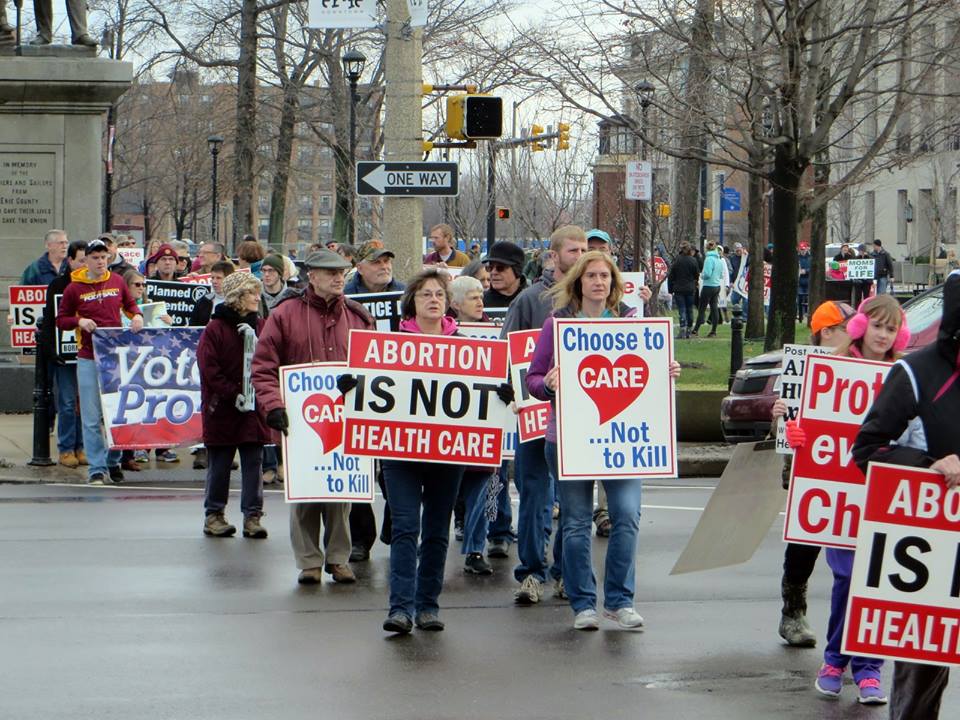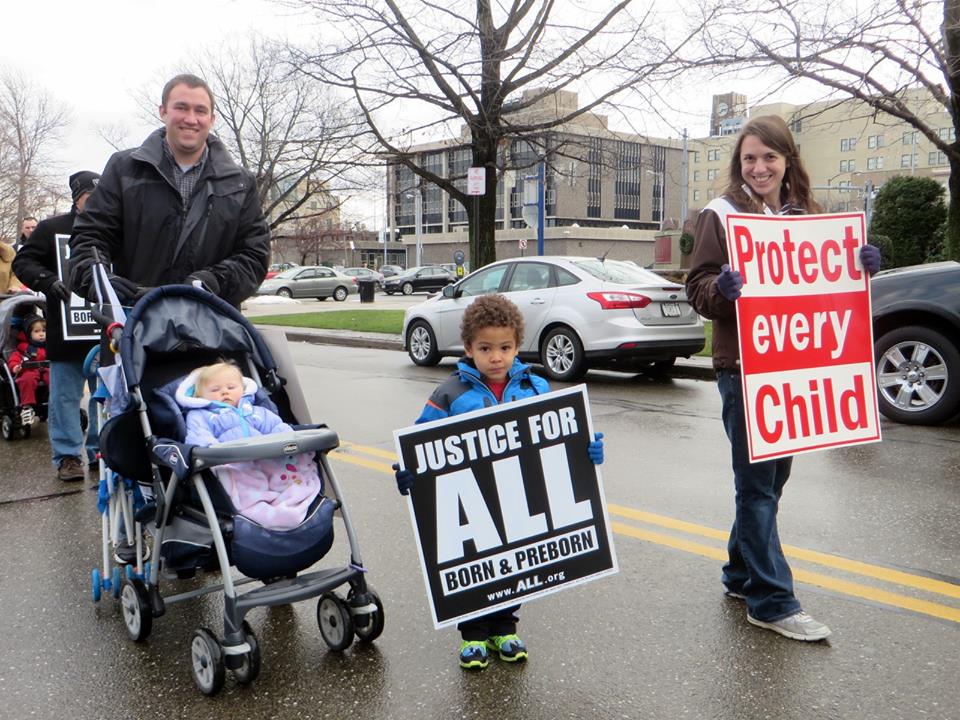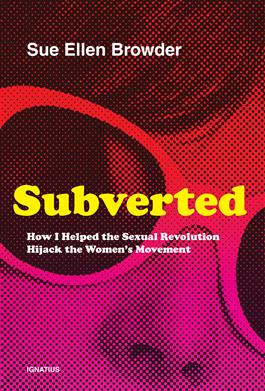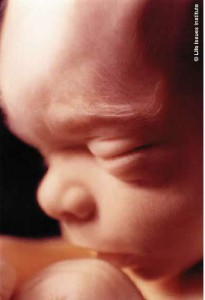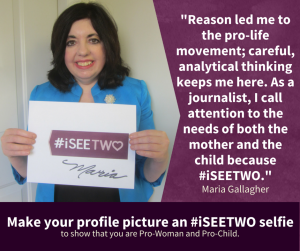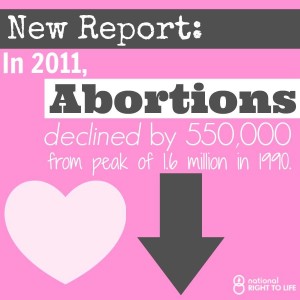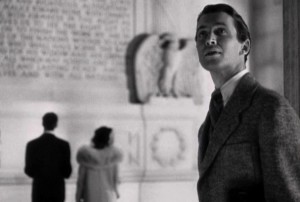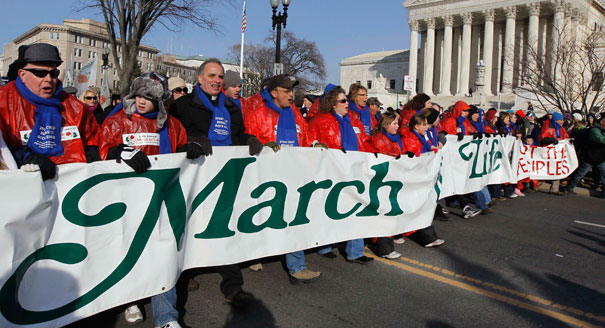The Supreme Court recently heard arguments in Whole Woman’s Health v. Hellerstedt. In the first major abortion case in nearly a decade, the court will rule on the constitutionality of Texas law HB2 and determine whether commonsense reform intended to increase women’s health and safety is an undue burden on abortion facilities. These Texas regulations came out of the trial of Philadelphia abortionist Kermit Gosnell and his “house of horrors”. They simply require abortion facilities to have admitting privileges with a hospital within 30 miles and to meet some basic quality of care, facility cleanliness, and safety standards.
The real question is, if the big abortion lobby want abortions to be “safe” as they claim (never mind the fact an abortion is NEVER safe for the baby) why do they support clinics like Gosnell’s “house of horrors”. According to a University of California study published in Obstetrics & Gynecology last year, complications to the mother are reported in approximately 2.1 % of the abortions that occur in the United States. That’s despite the fact that only 27 of the 50 states require abortion facilities to report complications…and even in many of those states the reporting is lacking. So even if we assume those numbers are correct, that means of the approximately 90 abortions that are performed just in Pennsylvania today, 2 women will have some kind of complication (not to mention all the others scarred for life mentally). Clearly that number will only go up if states aren’t allowed to hold abortion facilities to the same standards as nail salons and tattoo parlors. Is that really what abortion advocates want?
The question to be decided by the Supreme Court is whether or not these regulations create an “undue burden” on abortion facilities. The good news is that the Supreme Court upheld stricter requirements in 1983 saying they were important to “ensuring public health”. Even more recently in Planned Parenthood v Casey in 1992 the court determined laws making abortion more difficult or more expensive do not necessarily create an undue burden.
With the passing of Justice Scalia, the court is currently split between 4 conservative justices and 4 liberal justices. Justice Anthony Kennedy is generally the swing vote on abortion cases, and during arguments he appeared to be open to allowing the regulations to stand in the interest of women’s health. It is vital we keep Justice Kennedy, and the entire court, in our prayers as they weigh the merits of this case.


